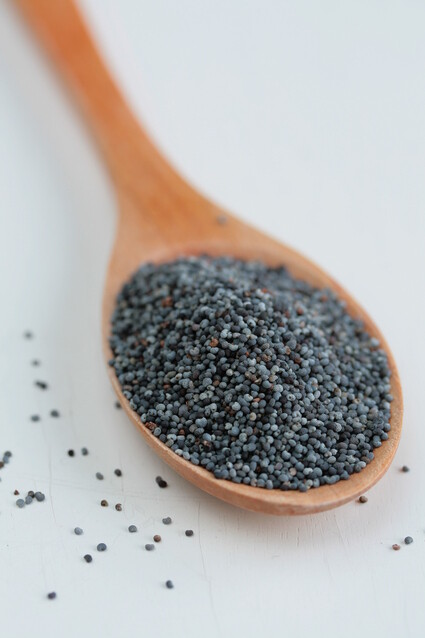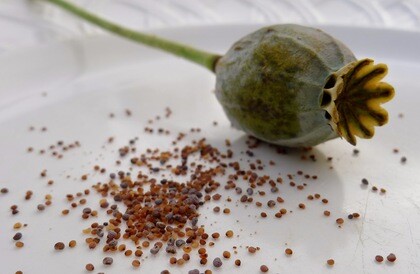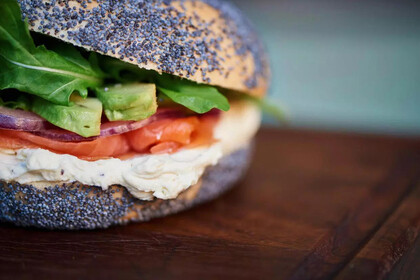


Poppy Seeds
Poppy seeds have been grown and harvested for their oilseed for thousands of years.
Seeds are either pressed into oil, used whole, or ground into a meal. They are widely used across the world in both sweet and savoury dishes, and because all parts of the poppy plant contain trace amounts of opiates, the are prohibited in some countries. 1g of poppy seeds contains over 3000 seeds!
FORMATS
- Whole
OTHER POINTS TO NOTE
Every part of the poppy contains small amounts of opiates and codeine. and the 'latex' (milk harvested from the unripe seedhead) has been used medicinally, as well as for illegal drug manufacture, for many centuries Poppy seeds which are grown and harvested for culinary use have a lower alkaloid content, and will not have any opiate effects when eaten. However, they will produce a false positive on drug testing. For this reason, competitive athletes are advised by the US Anti-Doping Agency not to eat foods containing poppyseed for a few days before any event!
COUNTRIES OF ORIGIN
- Europe
HARVEST
- August and September
VARIETIES
Poppies are believed to have originated in the Mediterranean region, but they spread widely across the Middle East and Asia. The species Papaver somniferum is the main agricultural plant, grown commercially for both food use and pharmaceutical use. This species is commonly known as the breadseed poppy because all varieties have edible seeds.
Pharmaceutical varieties are bred to provide a very high alkaloid content, while the food industry variants have been developed specifically to provide as low an alkaloid content as possible.
NUTRIENT HIGHLIGHTS
- A good source of dietary Fibre
- A source of Protein, containing 18g per 100g
- Zero Cholesterol and very low in Sodium
- High in Polyunsaturated fat Contains Omega-3 fatty acids Zero trans-fats
- Key vitamins include Folic Acid, Thiamin and Vitamin E
- Key minerals include Iron, Manganese, Calcium, Magnesium, Phosphorus, Zinc and Copper
